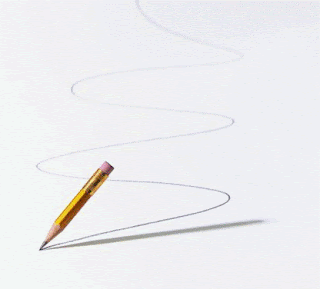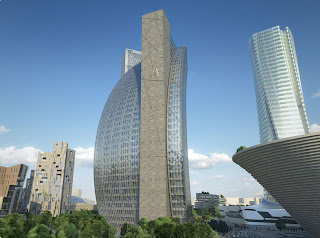"Res iudicata facit ex albo nigrum; ex nigro, album; ex curvo, rectum; ex recto, curvum"
“La cosa giudicata rende nero ciò che è bianco e bianco ciò che è nero; rende curvo ciò che è dritto e dritto ciò che è curvo”
"The res judged makes black white and white is that what is black; is what makes straight and curved straight that is curved"
(Brocardo latino)
“Arator, nisi incurvus, praevaricatur”
“Colui che vuole arare un campo, se non cammina curvo (su se stesso) esce dal dritto solco”
(Plinio il Vecchio, 18, 49, 4)
“Gutta cavat lapidem, consumitur anulus usu,
Atteritur pressa vomer aduncus humo”
“La goccia scava la pietra; coll’uso l’anello d’oro si consuma; ed il vomero curvo è consumato dalla terra indurita”
"The drop excavates the stone, using the gold ring is consumed, and the vomer is curved consumed by the hard ground"
(Ovidio, ex Pont., 4, 10, 5-6)


































